Alfred Hitchcock’s 1930 film Murder! stands as a testament to the director’s innovative filmmaking techniques and relentless pursuit of cinematic advancement. Even in the nascent stages of sound film, Hitchcock masterfully employs groundbreaking audio and visual techniques, pushing the boundaries of storytelling. However, the film’s brilliance is overshadowed by its problematic portrayal of LGBTQ+ characters, a recurring issue in Hitchcock’s oeuvre. This analysis delves into the technical achievements and narrative complexities of Murder!, while also examining its problematic representation of marginalized communities within the context of its time.
A Technical Tour de Force: Hitchcock’s Innovation in Murder!
Murder! is a showcase for Hitchcock’s technical ingenuity. While his contemporaries relied on static shots and simplistic dialogue, Hitchcock embraced dynamic camera movements, capturing the bustling atmosphere of city streets and eavesdropping on fragmented conversations. His experimentation with overlapping dialogue and sound effects adds layers of depth and realism, immersing the viewer in the film’s world.
One of the film’s most remarkable achievements is the inclusion of an inner monologue, a rarity in 1930 cinema. This technique is exemplified in a scene where Sir John, played by Herbert Marshall, contemplates the trial’s outcome while shaving. As the radio plays Wagner’s Tristan und Isolde, the music swells and recedes, mirroring the intensity of Sir John’s thoughts, which we hear as a voiceover. This intricate interplay of sound and image demonstrates Hitchcock’s mastery of the emerging sound technology. The logistical challenges of recording the orchestra, Marshall’s voiceover, and the on-screen action separately and then seamlessly integrating them are a testament to Hitchcock’s innovative spirit.
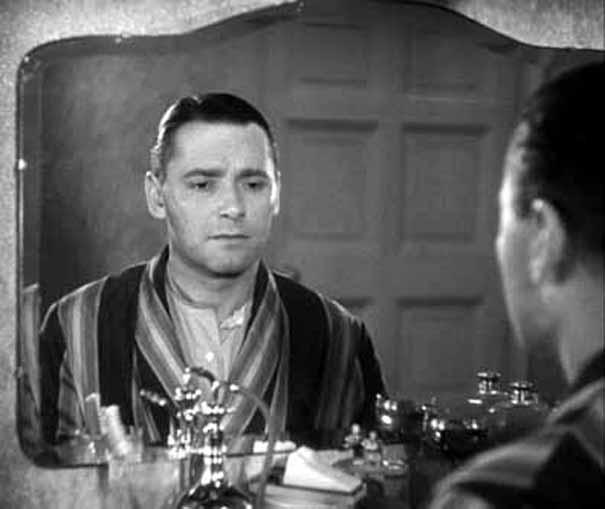 alt: Sir John listening to the radio and having an inner monologue
alt: Sir John listening to the radio and having an inner monologue
Furthermore, Hitchcock highlights the theatrical elements of the story, using curtains to reveal Norah in her jail cell and employing a scene from Hamlet as a narrative device. The film’s climax, featuring a dizzying montage of the killer’s panic as he hangs from a trapeze, is a precursor to the director’s later, more refined suspense sequences.
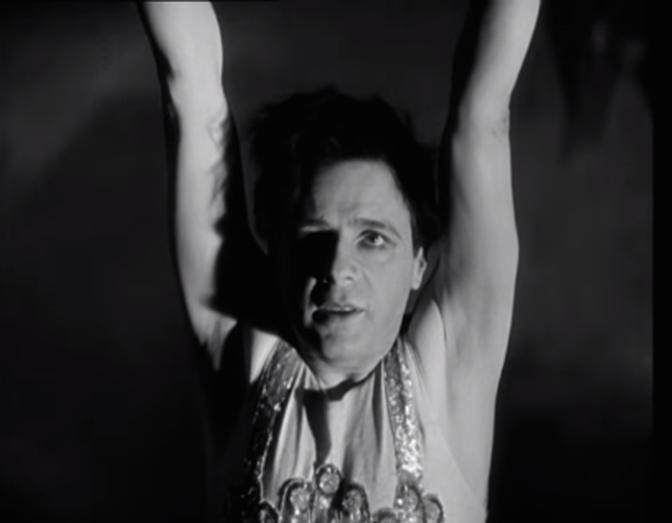 alt: The killer hanging from the trapeze in a moment of panic
alt: The killer hanging from the trapeze in a moment of panic
The Whodunit Narrative: A Blend of Brilliance and Tedium
The film’s narrative structure, a whodunit, deviates from Hitchcock’s typical suspense thrillers. The murder of an actress within a theater troupe sets off a chain of events, leading to the swift conviction of Norah Baring’s character. Sir John, initially part of the jury, has doubts and embarks on his own investigation. The initial courtroom scenes are captivating, with Hitchcock employing a dynamic editing style that evokes a tennis match between prosecution and defense. The jury room deliberations, reminiscent of 12 Angry Men in reverse, are equally compelling.
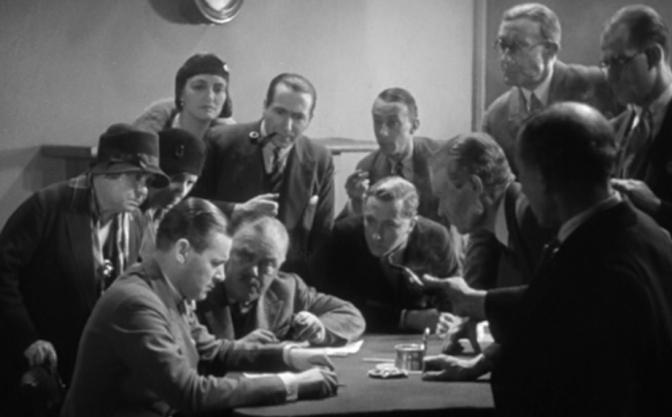 alt: The jury deliberating in the courtroom
alt: The jury deliberating in the courtroom
However, the subsequent investigative portion of the film drags, lacking the suspense and tension that characterize Hitchcock’s best work. The reliance on a single, simplistic clue feels contrived and underwhelming.
The Shadow of Prejudice: Problematic Representations of LGBTQ+ Characters
Despite its technical brilliance, Murder! is marred by its problematic portrayal of LGBTQ+ characters. The film’s villain, a “half-caste” actor and trapeze artist, is coded as homosexual through effeminate gestures and mannerisms. This portrayal reinforces harmful stereotypes and perpetuates the association of LGBTQ+ identities with deviancy and criminality.
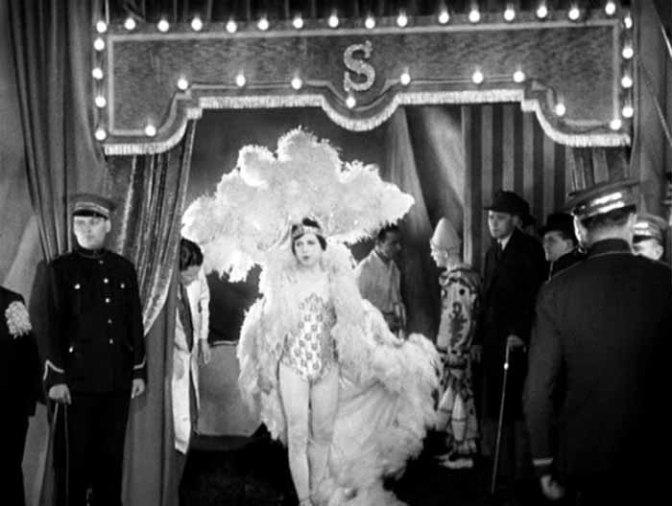 alt: The villainous character in trapeze costume
alt: The villainous character in trapeze costume
While Hitchcock may have intended to explore themes of sexuality in a provocative way, the execution is insensitive and ultimately reinforces prejudicial attitudes. The character’s motivations are muddled, and the film’s subtext suggests that his “deviant” sexuality justifies his demise. This problematic representation is not unique to Murder!; similar depictions appear in other Hitchcock films, highlighting the director’s complex and often troubling relationship with LGBTQ+ themes.
A Legacy of Innovation and Controversy
Murder! remains a significant film in Hitchcock’s filmography. It showcases his technical mastery and innovative spirit, paving the way for his later masterpieces. However, the film’s problematic portrayal of LGBTQ+ characters serves as a reminder of the limitations and prejudices of its time. While we can appreciate the film’s technical achievements, we must also acknowledge its problematic elements and engage with them critically.
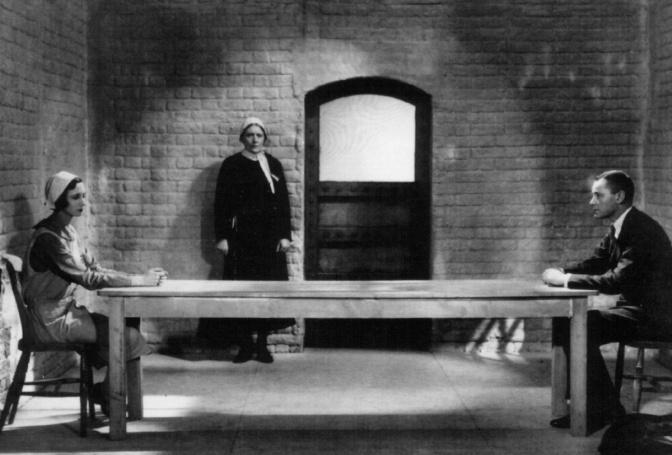 alt: Norah Baring being questioned by Herbert Marshall
alt: Norah Baring being questioned by Herbert Marshall
In conclusion, Murder! is a complex and multifaceted film. Its technical brilliance and narrative intricacies are undeniable, yet its problematic representations of marginalized communities cannot be ignored. This duality makes the film a fascinating subject for analysis, prompting us to examine both its artistic merits and its social and historical context.